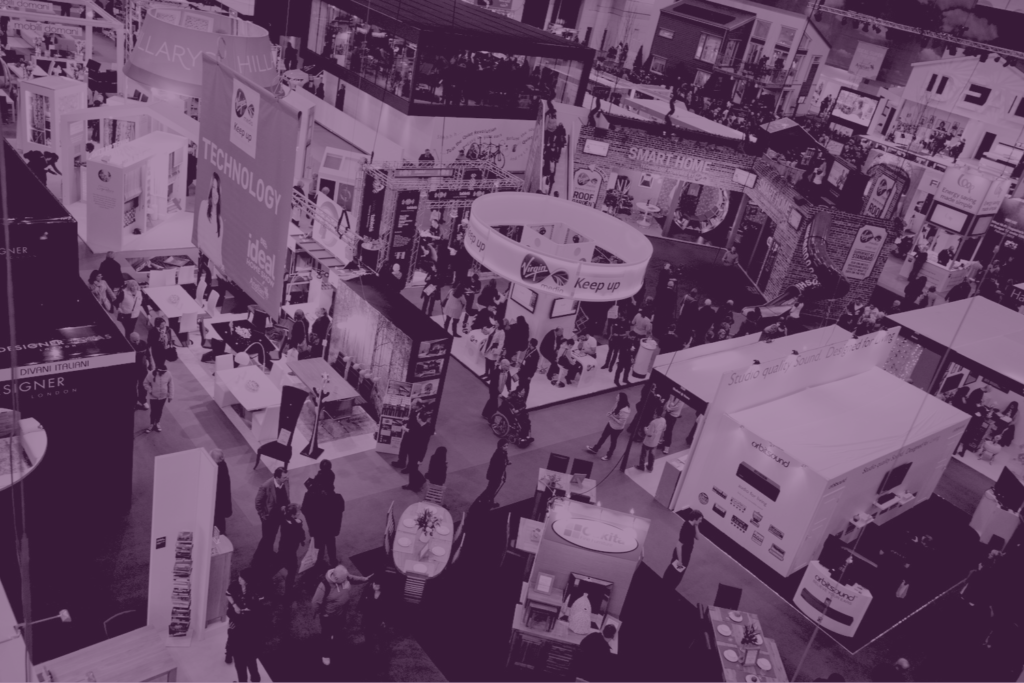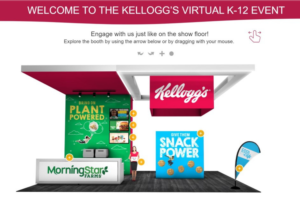Welcome to the world of face-to-face marketing!
The ever-evolving industry comes in a variety of shapes and sizes that can be daunting to a newcomer. It includes everything from trade shows to a luncheon to a mobile vehicle tour, and includes things such as VIP or after-hours events, customer expos, education sessions, happy hours, demo meetings, and more.
But before you start planning a face-to-face marketing campaign, it’s important to know what goes into it.
Where do you start? What needs addressed?
There’s strategizing to be done, plans to get in order, and designs to be made.
Exhibit Concepts’ “Trade Show 101” series is here to help walk you through it all.
Why Trade Shows?
To begin to understand what goes into a trade show, it’s important to first understand what it is. Trade shows are just one form of face-to-face marketing. These are typically multi-day events, hosted by trade associations, to educate and inform industry professionals on new technologies and practices.
Just like an elevator pitch, trade shows are your brand’s opportunity to market directly to consumers. And best of all, a trade show audience is a self-selected, concentrated group of engaged, potential customers that comes to you!
According to a 2016 study by the Content Marketing Institute, 75% of survey respondents say in-person events are effective at relaying a company’s message. While all forms of face-to-face marketing have their pros and cons, the unique environment of a trade show program has proven to be highly effective. According to the Center for Exhibit Industry Research (CEIR), in their ‘Omnichannel Marketing Insights’ report, 95% of exhibitors say exhibiting supplies multiple values not otherwise fulfilled by other marketing and sales channels. Meanwhile, according to The Trade Show Network, the average cost of a face-to-face meeting with a prospect at a trade show is $142, which is significantly less than the $259 cost of a meeting outside of a trade show environment.








